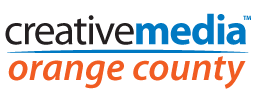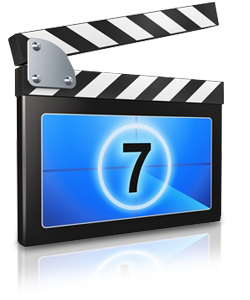
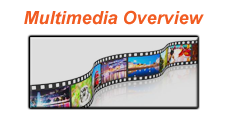

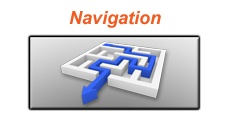
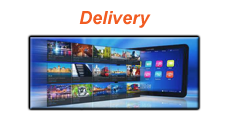

Multimedia Overview
Interactive, rich multimedia development involves the process of organizing content into
creative interactions for presentation in a variety of content forms on
diverse delivery platforms. Often involving animation and
object
interactions, a multimedia designer will create dynamic content delivered as unique experiences on computers, tablets, televisions, and smart
phones. A seasoned multimedia designer can also effectively leverage multimedia as part of a live
performance. The term “rich media” is synonymous with interactive
multimedia.
In contrast with text-only
or traditional print materials, multimedia design includes a combination of
content delivered in a variety of different forms. Examples of the
application of state-of-the-art multimedia content include:
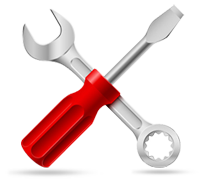 Development
Tools
Development
Tools
Good authoring tools provide a multimedia designer
with robust environments for
creating rich, interactive games, product demonstrations,
prototypes,
simulations, and eLearning courses for the web, desktops, mobile
devices, DVDs, CDs, kiosks, and other multimedia development efforts. Traditional
multimedia developer environments
include
the Microsoft Windows and Apple Macintosh platforms, with most software
tools available cross-platform.
Displayed in either linear or non-linear formats,
the work of a multimedia designer can combine a wide variety of content, including
bitmap images, vector artwork, audio, video, animation, native 3D, and
text/hypertext. The presenter, audience responses, or the
studio crew control how and when these
content elements
appear, where they move, how they trigger sound (or other events), and the
interactions they have with each other, the presenter, the audience, and your data.
Here are some basic tools for developers to consider
leveraging in for interactive development:

Navigation
As previously stated, multimedia can be roughly split up into
linear and
non-linear categories. Linear navigation guides
audiences through content from start to finish
without deviation, often without any navigational controls at all.
Examples of linear multimedia can be seen in trade show booths, on video
walls, or in video presentations. Non-linear navigation uses interactivity and
audience decisioning to
advance progress, for example, controlling the pace and path of a live
presentation, interactions within a video game, or
self-paced computer-based training. Links on web pages are another example of
simple, non-linear navigation.

Delivery
Multimedia presentations can be delivered live, pre-recorded, or a
combination of both. Needing no presenter, developer authored multimedia
delivers interactivity directly to the audience through a
pre-designed graphic user interface (GUI). Live multimedia
productions require developers to creatively weave interactivity and animation with
presenter interaction to create even more impactful and memorable
presentations. Consider the following methods of delivery:

The Cutting Edge
Quality digital multimedia is designed to enhance the audience’s
experience, making it faster and easier to communicate intelligence. To
further embellish content and deliver rich,
interactive experiences,
designers integrate creative media with advanced content types, including 3D renderings,
real-world dynamic motion, and sophisticated interactivity between 2D
and 3D elements. Enhanced levels of interactivity are achieved
when developers creatively combine multiple types of media content.
Live multimedia games, prototypes, and simulations can be
designed with triggers for navigation and special effects, or tied to an
offline computer (or other external controller). This integration
provides director/producer controls for queuing and forwarding the media
throughout the presentation.
More sophisticated multimedia is increasingly becoming object-oriented and
data-driven, enabling collaboration directly with the
audience. For example, designers can create photo galleries providing audience-selected and
uploaded images and titles, or simulations whose navigation,
illustrations, animations or videos are modifiable, allow
the multimedia “experience” to be customized without any reprogramming. In
addition to seeing and hearing content, “haptic” technology enables
virtual objects to be felt by the audience in the form of small
vibrations or movement. Other emerging technologies developers
can leverage involve taste and
smell and may further enhance future multimedia experiences.

Key Advantages of Interactive Multimedia
